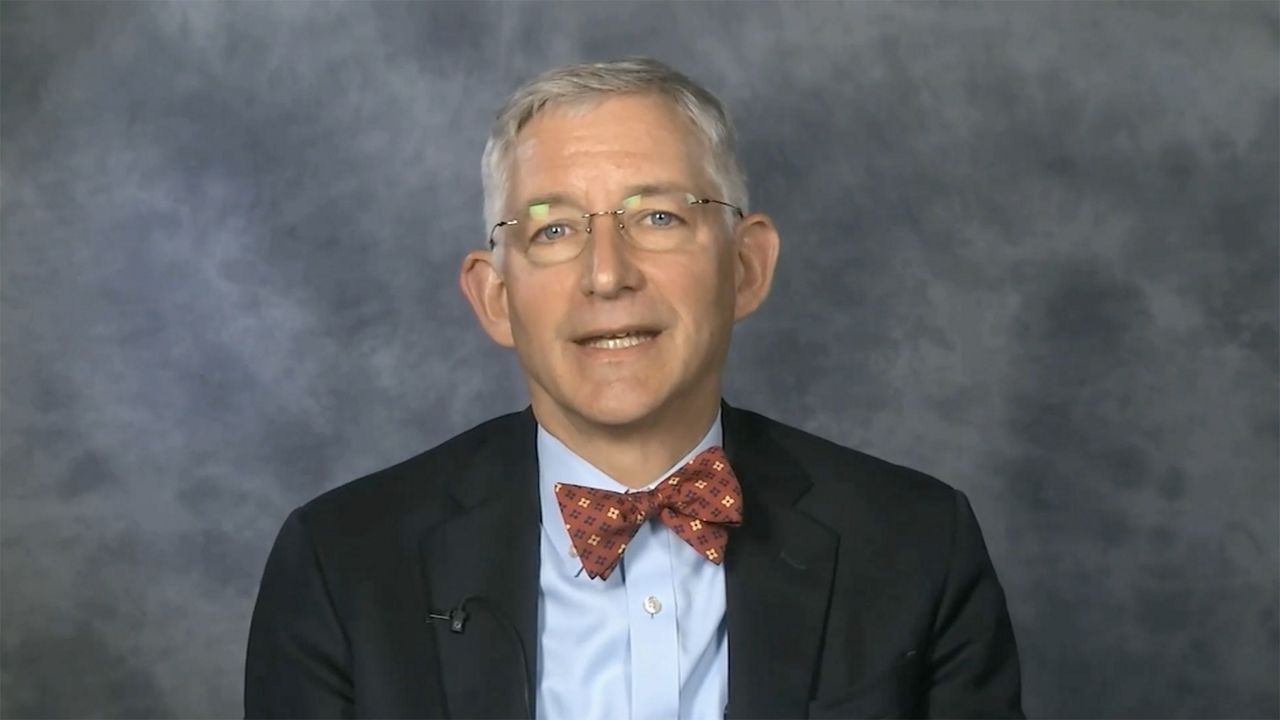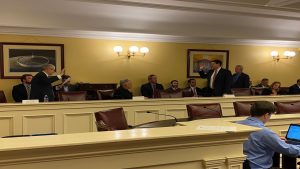Vice President Kamala Harris and Surgeon General Vivek Murthy on Monday will visit a hospital in Washington, D.C. to announce a new federal advisory that sounds the alarm on health worker burnout and makes recommendations to improve those workers’ mental health, with hopes of easing expected worker shortages in the coming years.
The VP and Dr. Murthy will meet with health care providers and staff at Children’s National Hospital about their personal experiences with stress and anxiety as more than 50% of health workers have reported symptoms of at least one mental health condition since the pandemic began, according to the Centers for Disease Control and Prevention.
The “Surgeon General’s Advisory Addressing Health Worker Burnout” released Monday outlines how the pandemic has exacerbated high levels of burnout among medical workers, and it calls addressing the well-being of those workers a “priority” for the Biden administration. Advisories “are reserved for significant public health challenges that need the American people’s immediate attention,” according to the release.
Murthy’s advisory also points to burnout as a core factor in a report projecting a shortage of 3.2 million lower-wage health workers over the next five years, such as medical assistants, home health aides and nursing assistants. The report concluded that New York and California will feel the most impact, especially when it comes to home care.
Dr. Murthy said in a statement on Monday that health workers were already experiencing “crisis levels” of burnout prior to the pandemic, impacting about half of nurses and doctors and even more residents and medical students.
“COVID-19 has been a uniquely traumatic experience for the health workforce and for their families, pushing them past their breaking point,” he said in part. “Now, we owe them a debt of gratitude and action. And if we fail to act, we will place our nation’s health at risk.”
The surgeon general’s advisory makes recommendations to fight that burnout, including:
-
Make the workplace responsive and open to workers’ needs and feedback
-
Eliminate punitive policies for seeking mental health and substance use disorder care
-
Make the workplace supportive by providing living wages, paid sick and family leave, rest breaks, evaluation of workloads and working hours and ensuring adequate staffing
-
Prioritize protecting health workers from workplace violence and ensure that they have sufficient personal protective equipment
-
Reduce administrative work so health workers have more productive time with patients and colleagues
-
Prioritize social connection and community as a core value of the health care system
-
Diversify and expand the public health workforce and improve disease surveillance systems to help address social factors of health inequities and counter health misinformation
The potential health worker shortages will also extend to doctors and nurses, the advisory warns: more than 500,000 registered nurses are expected to retire by the end of 2022, so the U.S. Bureau of Labor Statistics projects the need for 1.1 million new registered nurses across the U.S. by 2030. And the Association of American Medical Colleges (AAMC) projects that demand for doctors will continue to grow, leading to a shortage of 54,100 to 139,000 physicians by 2033, “with the most alarming gaps occurring in primary care.”
The COVID-19 relief bill allocated more than $100 million to reduce burnout and promote mental health among the health workforce, and the CDC also kicked off an effort in November to address health worker burnout, which includes improved data collection, mental health screenings, better training and increased communication.




